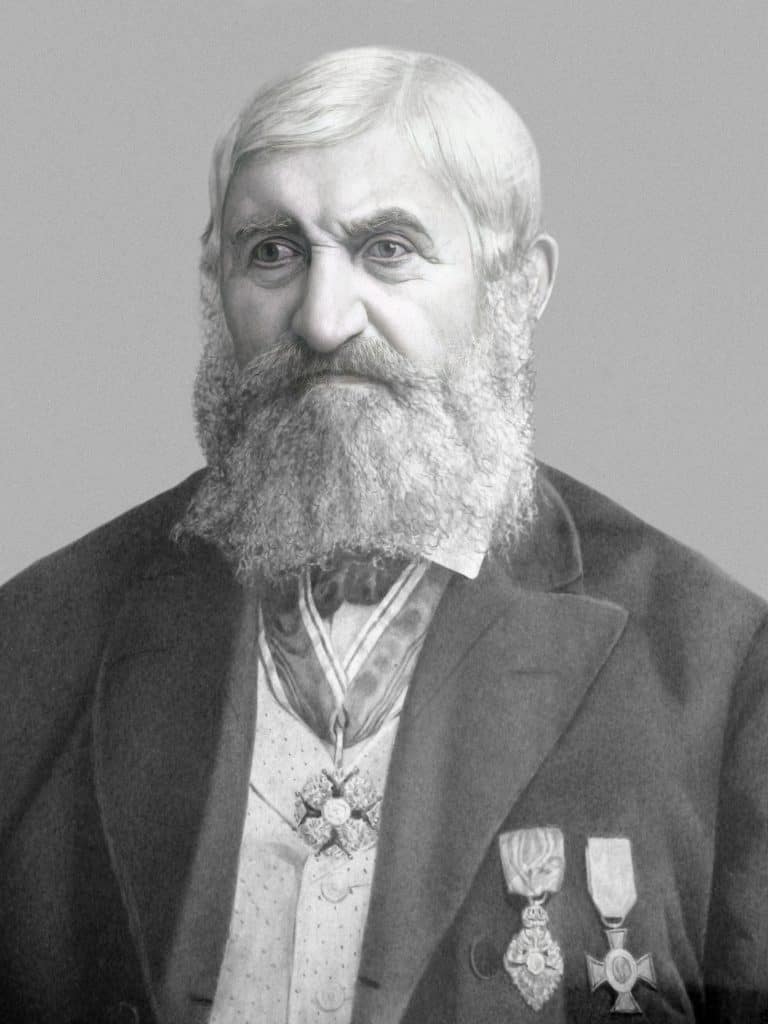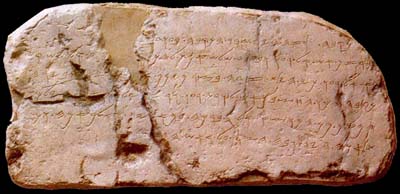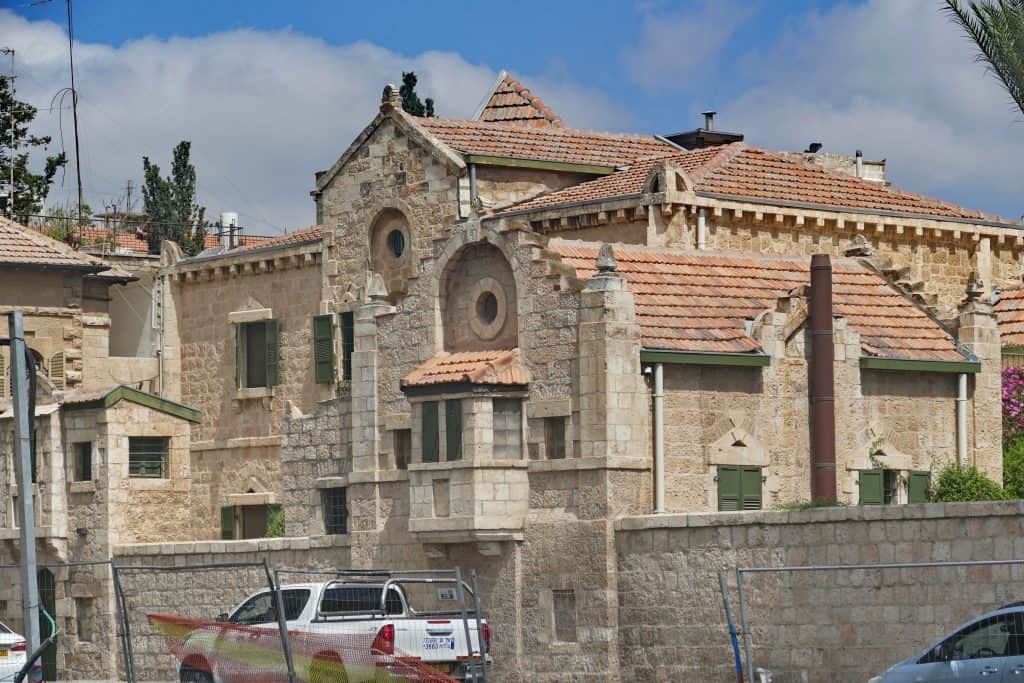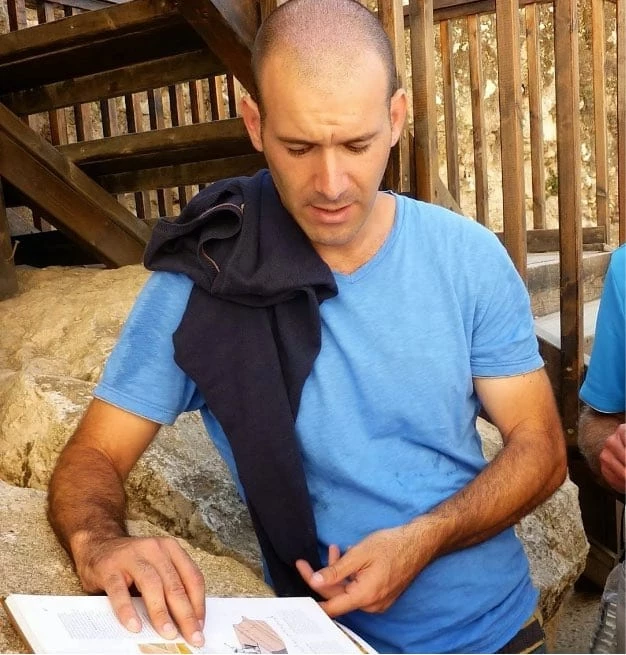Dr. Conrad Schick (1822 – 1901) was a German architect; archaeologist, cartographer; researcher of the Land of Israel, and a Protestant missionary who lived and worked in Jerusalem in the second half of the 19th century. Furthermore, Schick was one of the most prominent figures in Jerusalem of his time; the end of the Ottoman period and was one of the most important scholars of the Land of Israel and Jerusalem at that time.

So for many years, Conrad Schick worked with the British Foundation for the Study of the Land of Israel (PEF) and the German Association for the Study of the Land of Israel (DPV). He published hundreds of articles describing the physical condition of Jerusalem and the archaeological research there. As an architect, he was considered one of the most prominent builders of Jerusalem during the expansion of Jerusalem in the 19th century. And was behind the planning of community institutions; education, health; and housing in the service of the Christian and Jewish communities.

Credit: Tamar Hayardeni from Hebrew Wikipedia, CC BY-SA 3.0, via Wikimedia Commons
Conrad Schick and the Building of Jerusalem
Simultaneously with his missionary work, Conrad Schick began to engage in archeology, the study of the Land of Israel, and building models of buildings, his artist. So in these fields, he excelled and stood out and gradually acquired a reputation in Jerusalem as an expert with a stature. In the service of the Anglican Mission and the commission of other Christian organizations, he designed schools; hospitals; churches, and monasteries on new lands purchased on the outskirts of the city; in the new areas outside the old city walls.

Credit: Shaula Haitner Pikiwiki Israel, CC BY 2.5, via Wikimedia Commons
So the Ottoman authorities noticed his talent and asked him to help plan the development and infrastructure work required to develop Jerusalem. Conrad Schick’s buildings stood out for their beauty and uniqueness, and he became famous as a great architect who applied innovative techniques in design and construction. An intelligent and inspiring combination of European citrus with Middle Eastern and Ottoman architecture characterized the style of his buildings.
His Archeological Achievements
So one of Conrad Schick’s most important discoveries was the identification of the Pool of Siloam. The pool, mentioned in the Bible, was believed to be located somewhere in Jerusalem’s Old City. Schick led an excavation team in the 19th century, and they discovered the pool at the end of Hezekiah’s Tunnel. Schick’s discovery was significant because it provided important evidence that supported the biblical account of the city’s history.
Furthermore, Conrad Schick also made important contributions to the study of the Temple Mount, Jerusalem’s most significant archaeological site. In fact, He drew up detailed maps and plans of the site, which are still used by researchers today. He also conducted excavations, uncovering ancient artifacts and structures that shed light on the site’s history.
Throughout his career, Schick’s tireless dedication and meticulous attention to detail helped to uncover some of Jerusalem’s most significant historical treasures. His work has inspired generations of archaeologists and historians, and his discoveries continue to inform our understanding of the region’s rich cultural heritage.







